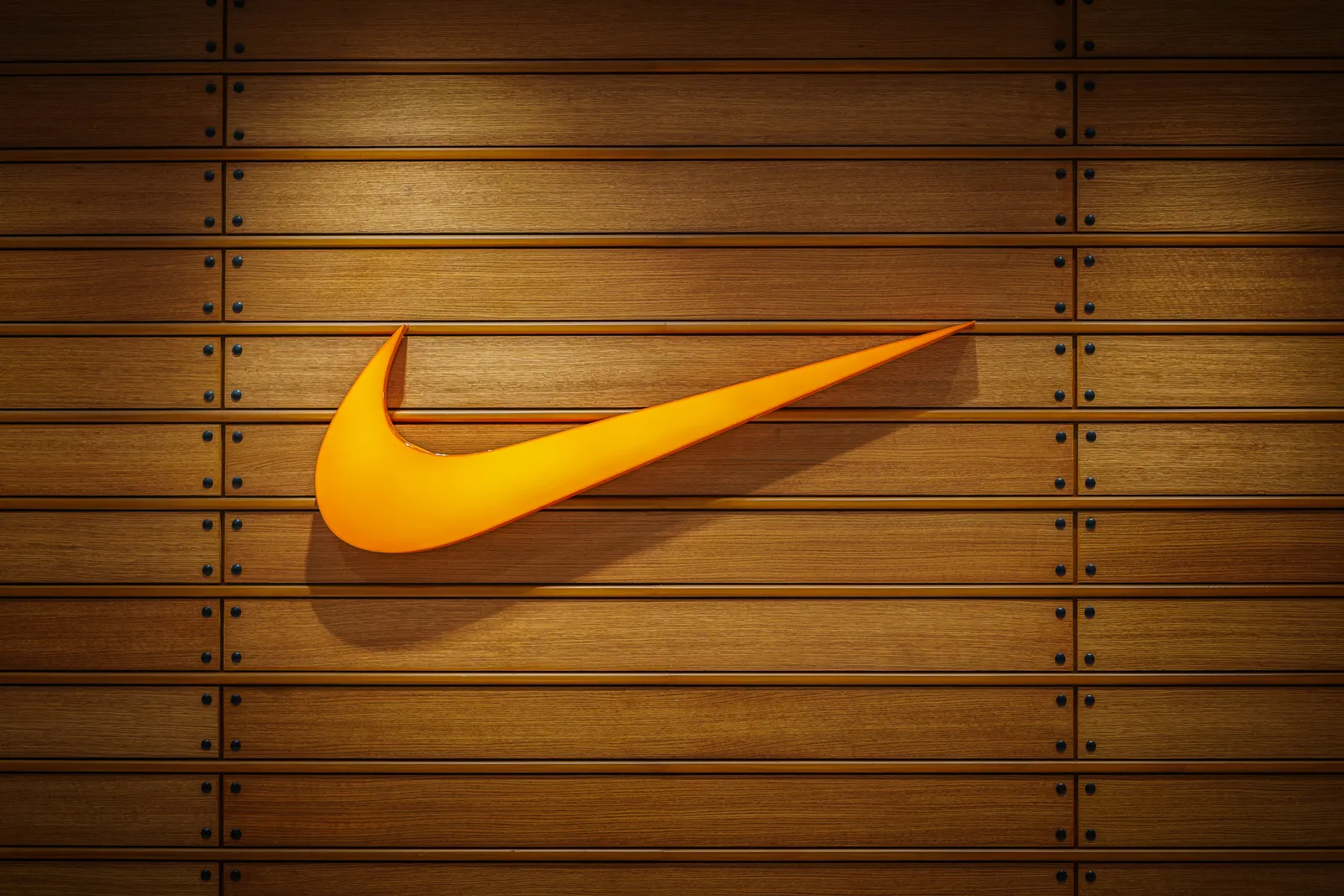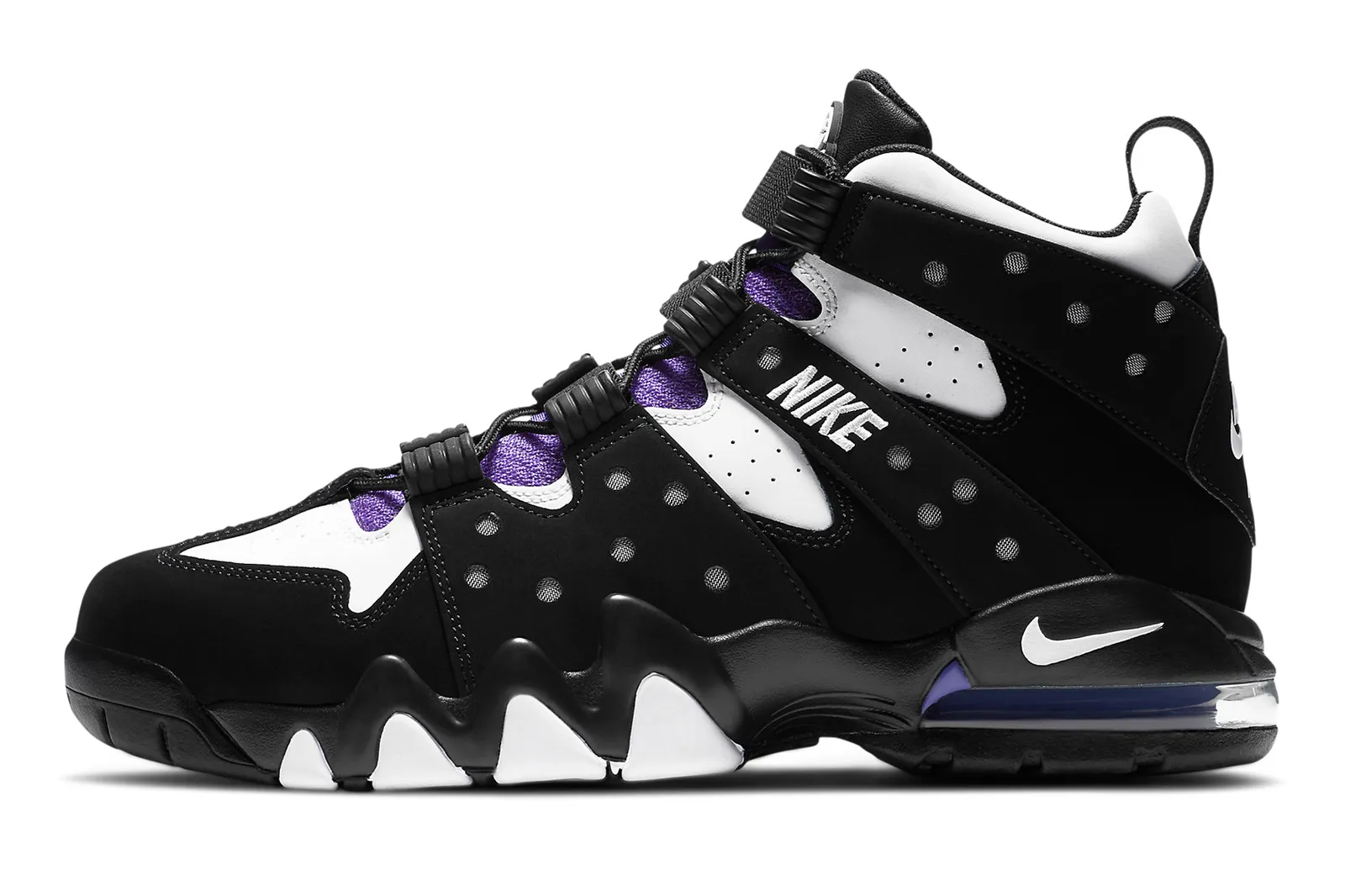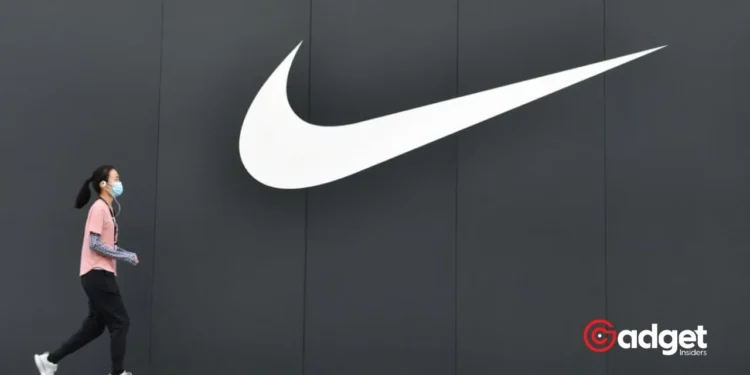In the ever-evolving world of fashion, keeping up with trends is akin to chasing a moving target, especially in the sportswear and footwear sectors. The rapid integration of social media into the fashion industry has created a dynamic where trends can emerge and fade within incredibly short periods.
From Snapchat showcases at New York Fashion Week to TikTok’s latest style drops, the digital world is constantly dictating new norms and desires. This phenomenon poses a significant challenge for established brands like Nike, which have seen their once dominant market positions being questioned amid changing consumer tastes.

Vintage Appeal and the Shift in Consumer Preferences
Recent trends indicate a revival of vintage styles, with brands like Adidas making significant strides with their Sambas and Campus sneakers, capturing the imaginations of both streetwear aficionados and casual consumers.
Similarly, the ‘dad shoe’ trend, exemplified by New Balance’s 530 sneakers, has seen a resurgence, consistently selling out across various platforms. Nike, known for its sleek designs and vibrant colors, has found itself at odds with the current market leaning towards more neutral, chunky aesthetics.
Imagine being a Nike competitor and waking up to a world where their “Triple Double” strategy was not only possible, it was coming at you at like a bullet train
Nike’s DTC x Innovation x Speed Strategy: pic.twitter.com/DI6En183HP
— Nate Poulin (@digitallynativ) October 12, 2020
Inside Nike’s Struggle: A Look from the Top
John Donahue, Nike’s CEO, has openly addressed the issues facing the brand. According to Donahue, one significant misstep was the company’s shift to remote work during the pandemic, which he believes has stymied the creative process necessary for groundbreaking innovation.
“It’s really hard to do bold, disruptive innovation, to develop a boldly disruptive shoe, on Zoom,” Donahue commented during an interview with CNBC. This insight sheds light on the practical challenges many corporations have faced in maintaining productivity and creativity in a remote work environment.

Moreover, feedback from industry leaders, like JD Sports CEO Régis Schultz, suggests that Nike has been somewhat lethargic in refreshing its offerings, leading to consumer boredom. Recognizing these issues, Donahue has spearheaded a realignment within Nike, focusing on rejuvenating the company’s innovation pipeline to ensure that it remains competitive.
Nike’s Bold Plan for a Turnaround
Despite a challenging fiscal environment marked by a stock downturn and reduced revenue forecasts, Nike is not standing still. The company has announced significant restructuring efforts, including a $2 billion cost-cutting initiative and a 2% reduction in its workforce. These moves are part of a broader strategy to streamline operations and reintroduce Nike as a leader in sports innovation.
Looking ahead to the 2024 Paris Summer Olympics, Nike plans to showcase its renewed commitment to innovation, particularly in the track and field sector. Donahue’s promise that “innovation has always been what’s marked Nike in running, as in other categories,” underscores the company’s dedication to leading rather than following in the industry.
Conclusion: Nike’s Path Forward
As Nike prepares for its next chapters, the focus is clear: innovate and lead. With a strategic realignment and a renewed focus on product development, Nike aims to recapture the imagination of its audience and reaffirm its status as a frontrunner in the global sportswear market. The journey will require adaptation, creativity, and perhaps most importantly, a keen understanding of the transient nature of consumer interests in the digital age.









